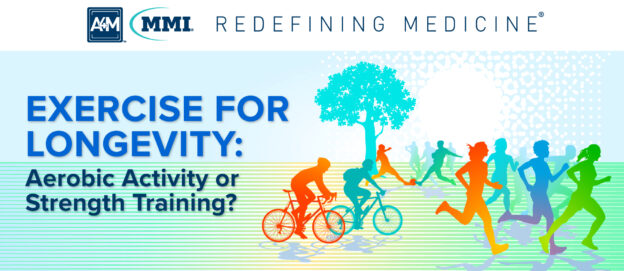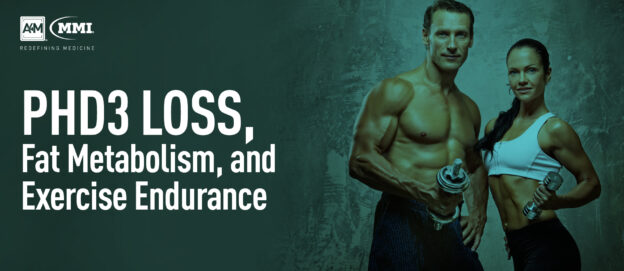Tolerance of exercise and endurance can both decrease with age and declining metabolic health yet physical activity remains a cornerstone of physical and mental health regardless of age. Enzyme systems have received increasing attention for their potential to reduce exercise fatigue and improve endurance by providing the body with access to energy reserves and optimizing their use. Sugars are the primary fuel of cellular processes however, when nutrients are scarce – such as in cases of starvation or extreme exertion – cells switch to breaking down fats for energy. At this time, the mechanisms behind the rewiring of cellular metabolic pathways in response to fluctuations in resource availability are poorly understood.
New research published earlier this month in Cell Metabolism suggests a surprising consequence when one such mechanism is turned off – an increased capacity for endurance exercise. Recently conducted by researchers from the Harvard Medical School, the study revealed that blocking the activity of a fat-regulating enzyme in the muscles of mice could lead to an increased capacity for endurance exercise
Boosting Exercise Endurance in Mice
Led by Marcia Haigis, professor of cell biology at Harvard Medical School, a team of researchers investigated the function of the enzyme prolyl hydroxylase 3 (PHD3) – which they believed played a role in regulating fat metabolism in certain cancers. The study’s authors investigated the impact of PHD3 inhibition in genetically modified mice by carrying out a series of endurance exercise experiments.
Under normal conditions, PHD3 chemically modifies the enzyme ACC2 which prevents fatty acids from entering mitochondria to be broken down into energy. The team of researchers found that blocking PHD3 production in mice resulted in dramatic improvements in fitness measures: mice lacking the PHD3 enzyme ran 40% longer and 50% farther on treadmills and had a higher VO2 max – indicating increased aerobic endurance – than control subjects.
After endurance experiments, the muscles of PHD3-deficient mice revealed heightened rates of fat metabolism and an altered fatty acid composition and metabolic profile. According to the authors, their findings held true in genetically modified mice demonstrating that PHD3 loss in muscle tissues may be sufficient to boost exercise capacity.
PHD3 Enzyme Regulates Metabolic Pathways
After performing a series of molecular analyses to detail precise molecular interactions allowing PHD3 to modify ACC2 and how its activity repressed by AMPK, Haigis and her team reported that PHD3 and AMPK, another enzyme, simultaneously control the activity of ACC2 to regulate fat metabolism depending on energy resource availability.
Their research identified the critical role of the enzyme prolyl hydroxylase 3 (PHD3) in sensing nutrient availability and regulating the ability of muscle cells to metabolize fats, revealing that when nutrients are abundant, PHD3 acts as a brake inhibiting unnecessary fat metabolism that is released during exercise. Whole body or skeletal muscle PHD3 loss enhances acute exercise capacity during endurance exercise experiments.
“The findings shed light on a key mechanism for how cells metabolize fuels and offer clues toward a better understanding of muscle function and fitness,” the authors wrote.
“Understanding this pathway and how our cells metabolize energy and fuels potentially has broad applications in biology, ranging from cancer control to exercise physiology,” senior author Haigis explained. Although, further research is needed to identify whether this pathway can be manipulated in humans to improve muscle function, in the treatment of various diseases, and to better understand how PHD3 inhibition improves exercise capacity.
The latest findings carry implications for a potential novel approach to enhancing exercise performance, treating muscle disorders, as well as developing therapeutic methods for certain cancers in which mutated cells express decreased levels of PHD3. At this time, whether there are any negative effects – including weight loss, blood sugar changes and other metabolic markers – associated with PHD3 loss remains unknown although, this will hopefully be elucidated by future research.


